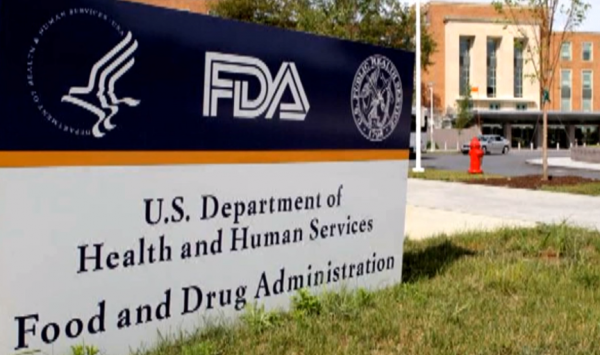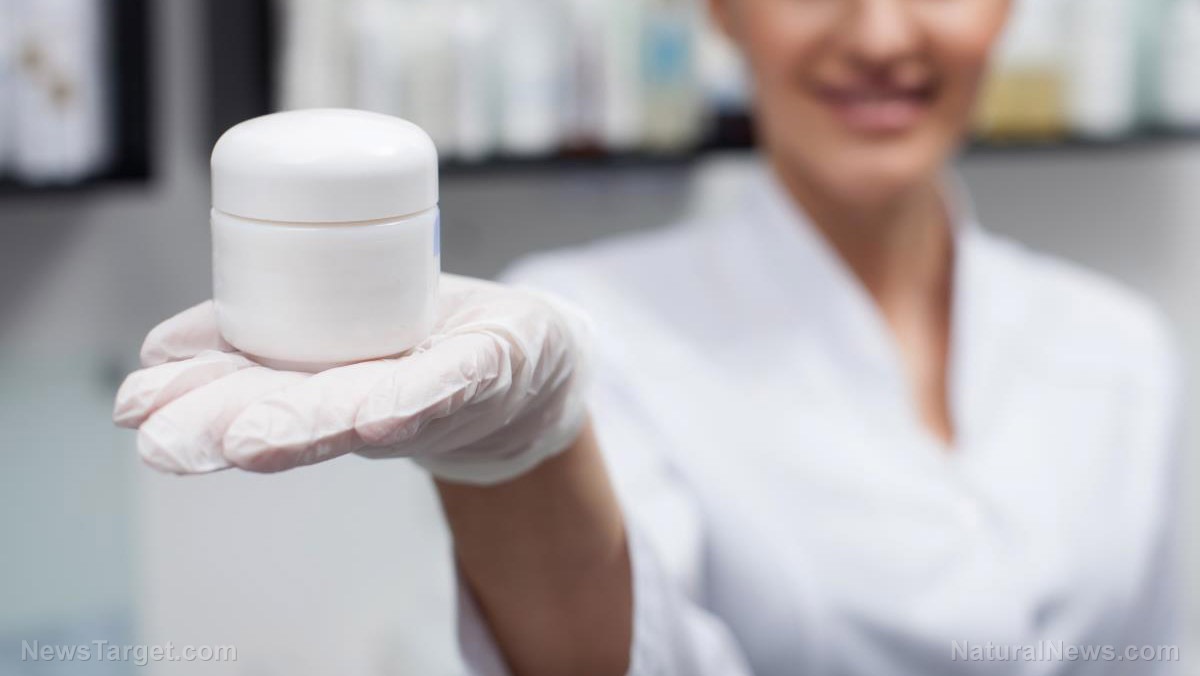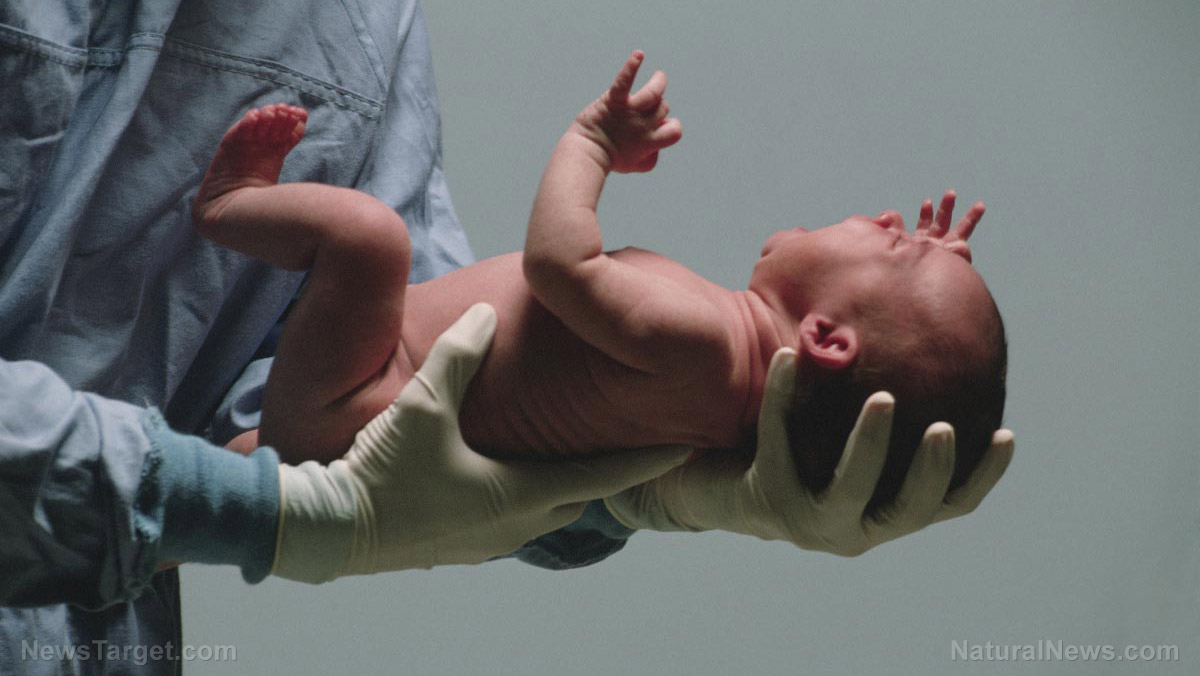03/28/2017 / By Russel Davis
Chemical-laden hairsprays prove detrimental to the reproductive health of male infants, according to a new study. Researchers at the Amiens University Hospital in France found that exposure to hair chemicals during early pregnancy may elevate the risk of a genital defect called hypospadias in male infants by up to 80%. In contract, no correlation was seen with exposure to other industrial chemicals such as paint, gasoline, ink, solvents and other household products.
“This is the first study to demonstrate a link between maternal household exposure to these two hair cosmetics during early pregnancy and the incidence of hypospadias. The precautionary principle should apply to pregnant women and they should be advised to limit their use of hair cosmetic,” the researchers wrote in the International Journal Of Environmental Research And Public Health
Researchers said the endocrine-disrupting chemicals found in hairsprays and coloring shampoos could negatively affect the development of genitalia in fetus during the early stages of pregnancy. Renowned urologist Paul Anderson said the causes of hypospadias remain unknown, but hormones may play a key role in the development of the birth defect. “At a very early stage in the pregnancy, the urethra is flat but at a critical point in development, it becomes a tube. If the hormonal mix in the womb is not right, that development may not happen or may be abnormal,” said Anderson.
The findings coincide with a 2008 study published in the journal Environmental Health Perspectives. Researchers at the Imperial College London examined 471 women who gave birth to male infants with hypospadias and a similar number of women with healthier babies, and found that more than twice as many women in the hypospadias group were exposed to hairsprays throughout their job compared with unaffected controls.
Data also revealed that women who were exposed to hairspray in their workplace during the first trimester of pregnancy had a two to threefold increased odd of delivering baby with hypospadias. However, researchers found that taking folic acid supplements during pregnancy may help mitigate the risk of hypospadias onset by up to 36 percent.
Hypospadias fast facts
According to the Centers for Disease Control and Prevention (CDC), hypospadias is a genital condition where the opening of uretha is not located at the tip of the penis. The abnormal uretha development takes place during weeks eight to 14 of pregnancy. Hypospadias is classified into three categories, depending on the location of the urethra: subcoronal, midshaft and penoscrotal. Subcoronal hypospadias is characterized by the urethra opening being located somewhere near the head of the penis. On the other hand, midshaft hypospadias occurs when the urethra is located along the shaft of the penis. Penoscrotal hypospadias occurs when the urethra is found where the scrotum and the penis meet.
Risk factors associated with the onset of hypospadias in male infants include the mother’s age and weight, fertility therapies, and certain hormones.
CDC data also showed that about five in every 1,000 male infants born in the U.S. have hypospadias, which makes it one of the most common birth defects in infants. Hypospadias treatment depends of the type seen in patients. Most cases require corrective surgery. Surgeries done on male infants happen when they are between three to 18 months old. These procedures are done in a series of stages to correct the defect, such as placing the urethra to its right position, correcting the curve of the penis, and repairing the skin around the urethra’s opening.
Hypospadias was also associated with undescended testes and fertility problems in men.
Sources:
DailyMail.co.uk
BBC.co.uk
Imperial.ac.uk
CDC.gov





















